Effect of root stimulator on clematis
ckrieger
15 years ago
Featured Answer
Comments (21)
nckvilledudes
15 years agogardengal48 (PNW Z8/9)
15 years agoRelated Professionals
Clark Landscape Architects & Landscape Designers · North New Hyde Park Landscape Architects & Landscape Designers · Oatfield Landscape Architects & Landscape Designers · Waunakee Landscape Architects & Landscape Designers · Wakefield Landscape Contractors · Tempe Landscape Contractors · Blue Springs Landscape Contractors · Caldwell Landscape Contractors · East Chicago Landscape Contractors · Estelle Landscape Contractors · Lynn Landscape Contractors · Oak Forest Landscape Contractors · Paramus Landscape Contractors · Ponte Vedra Beach Landscape Contractors · Vermilion Landscape Contractorscarolfm
15 years agockrieger
15 years agonckvilledudes
15 years agomaggiepie_gw
15 years agonckvilledudes
15 years agockrieger
15 years agonckvilledudes
15 years agogardengal48 (PNW Z8/9)
15 years agorjlinva
15 years agonckvilledudes
15 years agomaggiepie_gw
15 years agonckvilledudes
15 years agomaggiepie_gw
15 years agoflowergirl70ks
15 years agonckvilledudes
15 years agoflowergirl70ks
15 years agonckvilledudes
15 years agokitkat_oregon
15 years ago
Related Stories

ARCHITECTURERoots of Style: Ranch Architecture Roams Across the U.S.
Great remodeling potential and generously spaced sites make ranch homes ever popular. Is one of the many variations right for you?
Full Story
MODERN ARCHITECTURERoots of Style: International Style Celebrates Pure Form
Using technology and materials of the time, International style is always current. See its expression in these 16 homes around the world
Full Story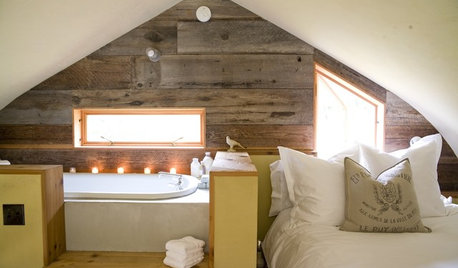
LIFE12 Effective Strategies to Help You Sleep
End the nightmare of tossing and turning at bedtime with these tips for letting go and drifting off
Full Story
VACATION HOMESHouzz Tour: Moss-Covered Lakeside Cottage Now a Modern Marvel
A 1949 Michigan weekend cottage with a sunken roof gets a makeover that stays true to the house's humble roots
Full Story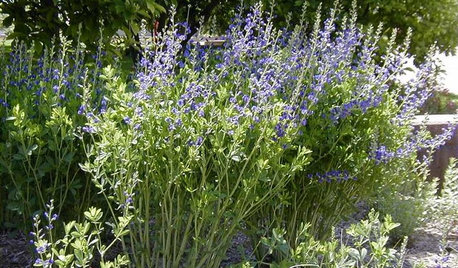
GARDENING GUIDES5 Great Plants for Borders and Screens
Get the effects of a shrub but in less time — and drawing more winged pollinators — with these herbaceous perennials
Full Story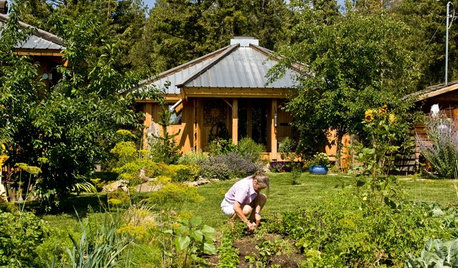
HOUZZ TOURSHouzz Tour: Pint-Size Cabin in Rural Canada
An ecofriendly and cost-effective house smaller than 300 square feet offers a fresh start
Full Story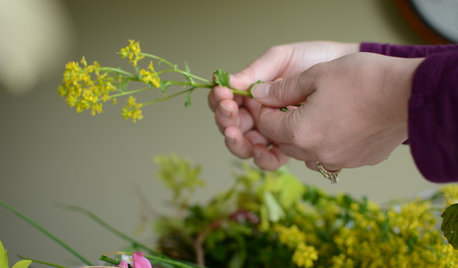
GARDENING GUIDESThe Quotable Garden: Writings That Will Grab Your Heart
Maybe you’ll see yourself in these reflections. Or maybe you’ll find a whole new way of looking at gardening
Full Story
GARDENING GUIDESOh, Deer! 10 Native Flowers That Stand Up to the Herds
Keeping a garden amid hungry deer can be hard, but these plants should fare well
Full Story
WINTER GARDENINGPruning Secrets for Exquisite Roses
Encourage gorgeous blooms year after year with this time-tested advice on how to prune your rosebush in winter for health and shape
Full Story
SPRING GARDENINGTop 10 Scented Plants for Your Garden
A palette of perfumed plants can transform even the smallest of gardens into a sensory delight
Full StoryMore Discussions






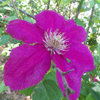
gardengal48 (PNW Z8/9)